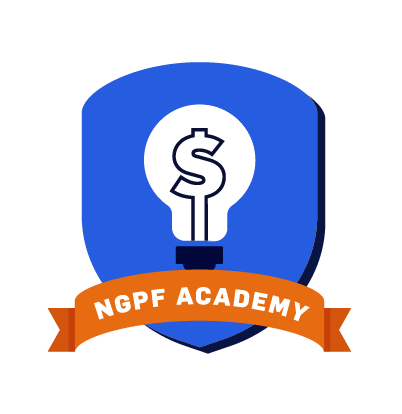TIME Explains How Tariffs Work in Less than 90 Seconds
With all the talk of tariffs in the media, do you know the basics of how they work?
TIME’s video, How Tariffs Work, offers a simple approach to understanding tariffs, how countries use them, and the impact they may have.
Note: This video offers a very basic explanation about how tariffs work. You might want to discuss:
- Who actually pays the tariff to the U.S. government (usually a U.S. company or U.S. subsidiary)
- Who bears the cost of the tariff (usually consumers, in the form of increased prices)
- Tariffs have different purposes. Ex: to protect certain industries (like U.S. steel), or just to generate revenue.
- Countries can respond with retaliatory tariffs, impacting U.S. exporters that have nothing to do with the imported goods being taxed (unintended consequences, ex: the U.S. puts a tariff on Chinese autos, China responds with tariffs on U.S. agricultural products).
Questions:
- Many people believe that tariffs are taxes that other countries pay on goods that are imported into the United States. Why is this wrong? Who ends up paying the higher costs?
- Do you think tariffs are an effective way to encourage Americans to buy American-made products? Explain.
- What role might tariffs play in making the market less efficient and innovative? Do you think this is always true? Why or why not?
- How would a company who manufactures products in the US but relies on foreign parts/materials be impacted by tariffs?
- How might industries that aren’t directly impacted by tariffs, but rely on industries subject to tariffs (like auto manufacturers, tech manufacturers, etc.) be impacted?
- What could the U.S. do other than tariffs to support US manufacturers? (Good opportunity to discuss opportunity cost, trade-offs.)
- How could US tariffs impact global supply chains, not just in the U.S.?
- What questions do you still have about how tariffs work?
About the Authors
Sonia Dalal
Sonia has always been passionate about instruction and improving students' learning experiences. She's come a long way since her days as a first grader, when she would "teach" music and read to her very attentive stuffed animals after school. Since then, she has taught students as a K-12 tutor, worked in several EdTech startups in the Bay Area, and completed her Ed.M in Education from the Harvard Graduate School of Education. She is passionate about bringing the high quality personal finance content and instruction she wished she'd received in school to the next generation of students and educators. When she isn't crafting lesson guides or working with teachers, Sonia loves to spend her time singing, being outdoors, and adventuring with family and friends!
Ryan Wood
Ryan is the Partnerships and Adoption Manager for Next Gen Personal Finance’s midwest region. He brings his experience as a former teacher, curriculum designer, and sales and marketing professional to state organizations and school districts in supporting the implementation of their personal financial education efforts. He graduated from the University of Wisconsin-Green Bay and earned his teaching credential from Saint Mary’s University in Winona, Minnesota. He proudly taught at two rural high schools in Wisconsin before transitioning to curriculum design at NGPF, and is now excited to be on the front lines in delivering the best possible financial education in the midwest. He and his wife have three beautiful daughters, each of which inspire him to share the impact of being sound financial stewards both at home and as lifelong learners.
SEARCH FOR CONTENT
Subscribe to the blog
Join the more than 11,000 teachers who get the NGPF daily blog delivered to their inbox:
MOST POPULAR POSTS











